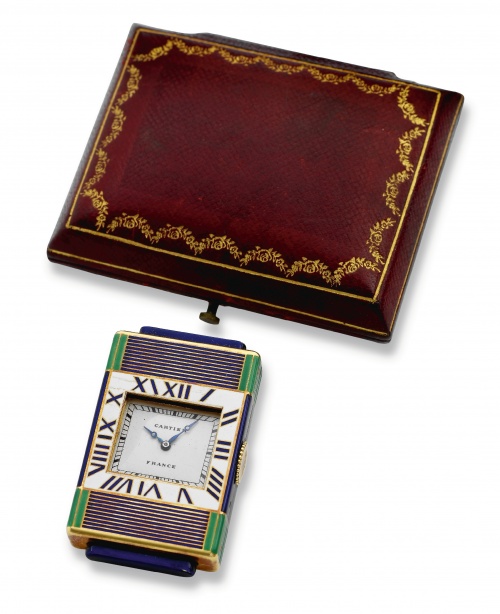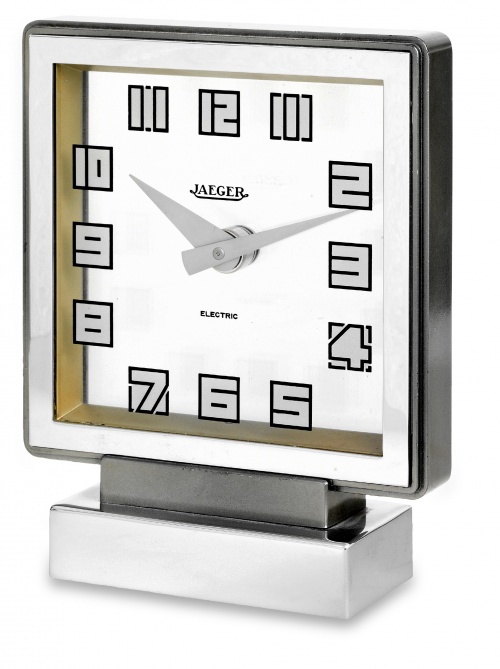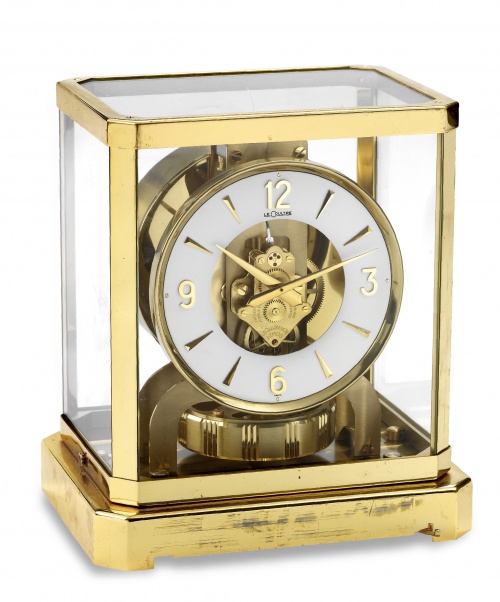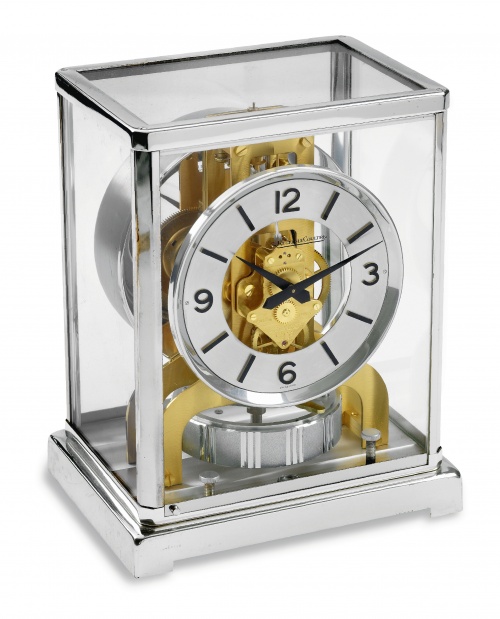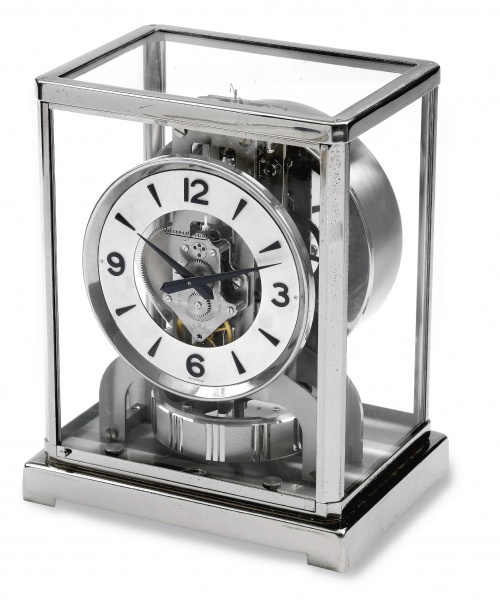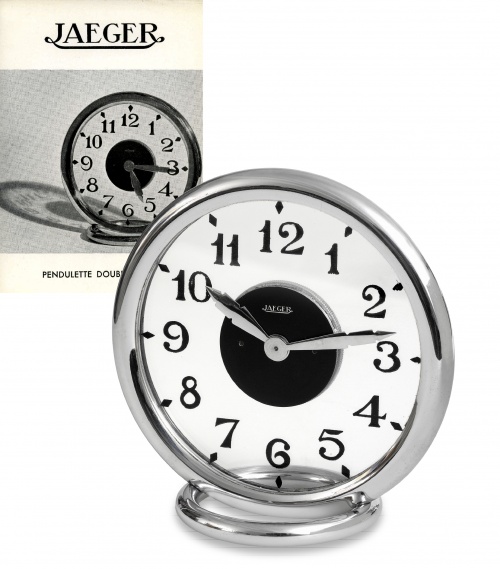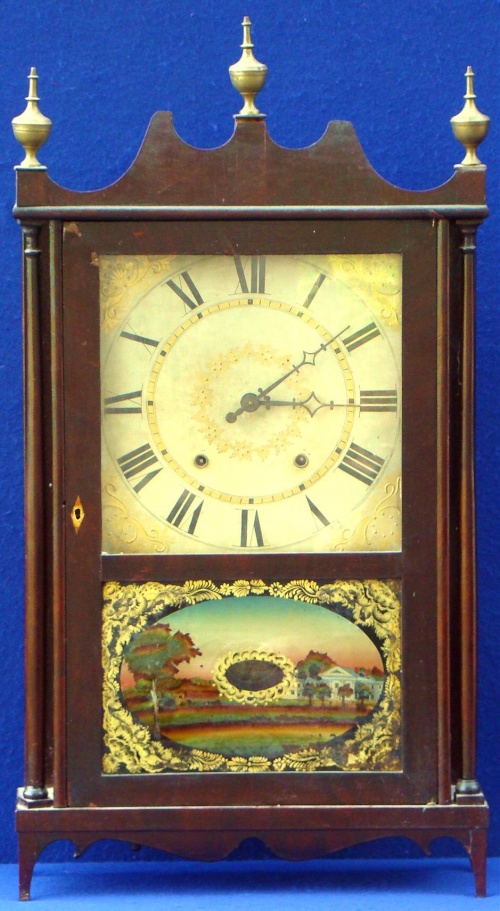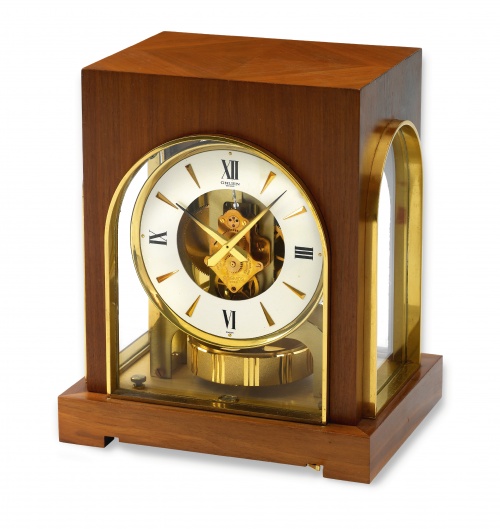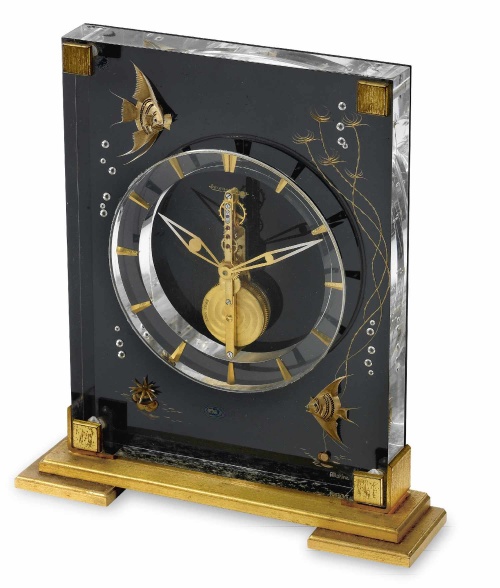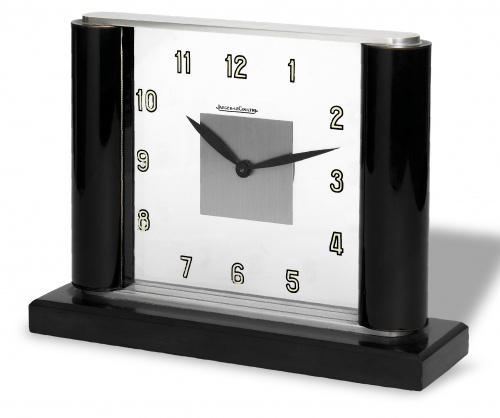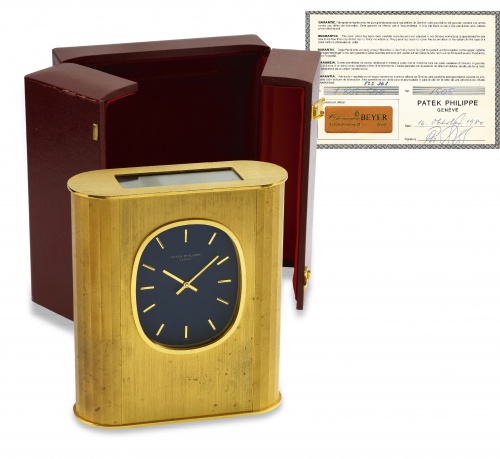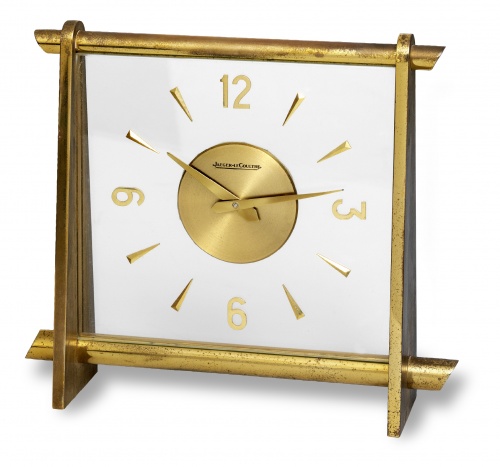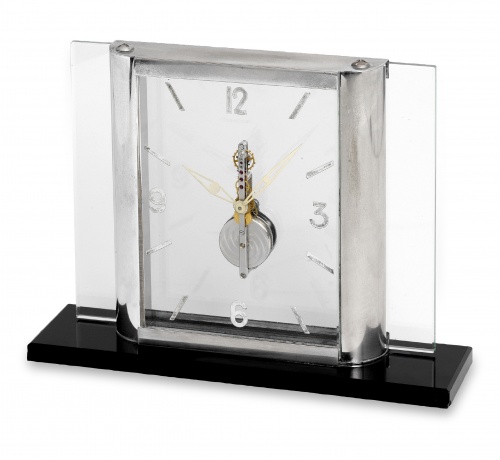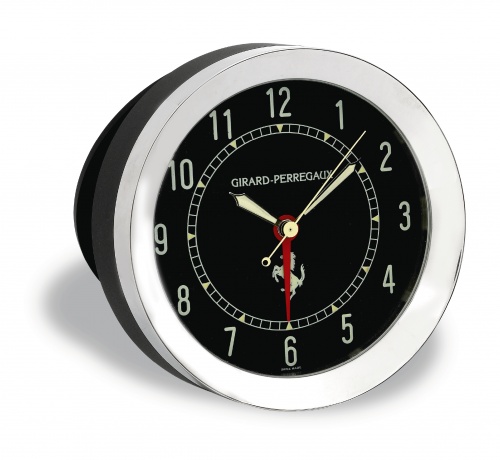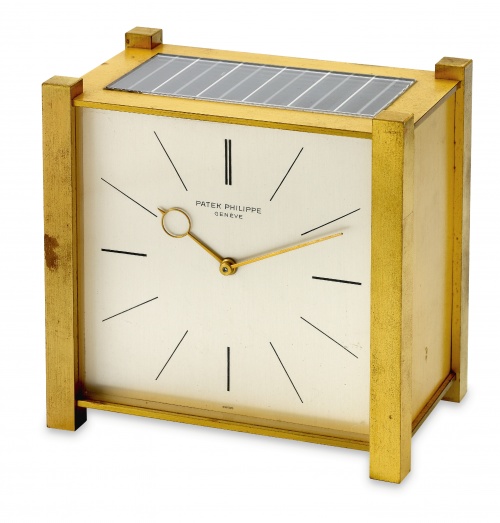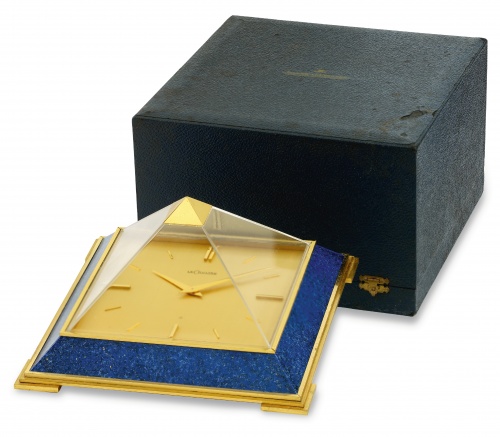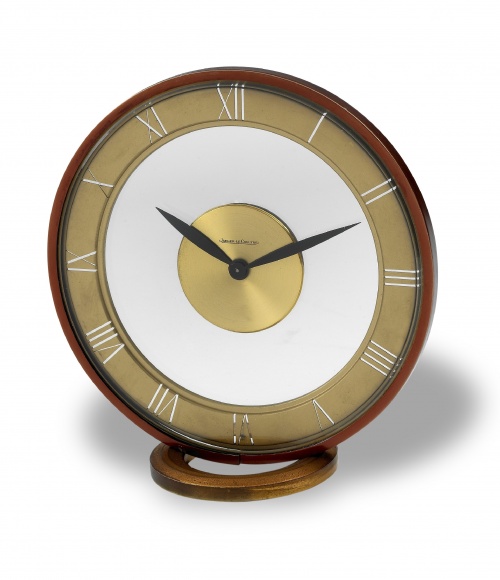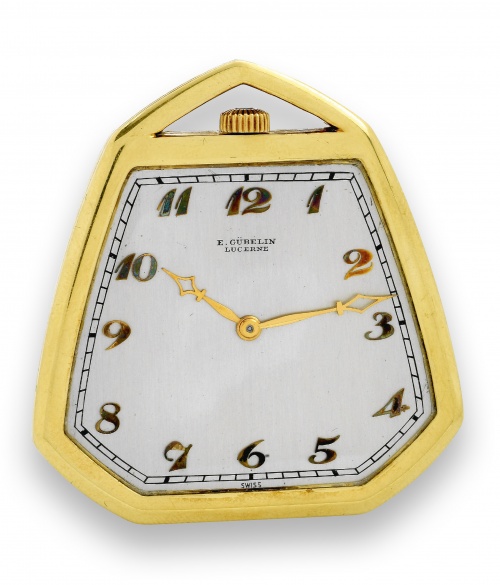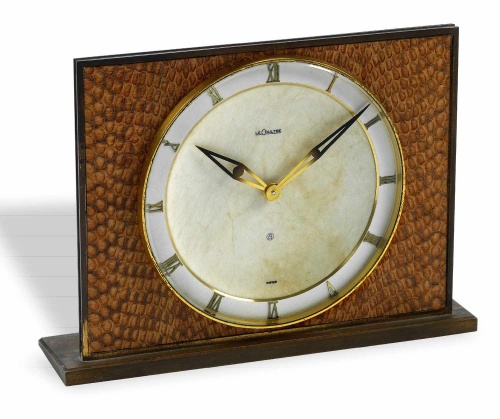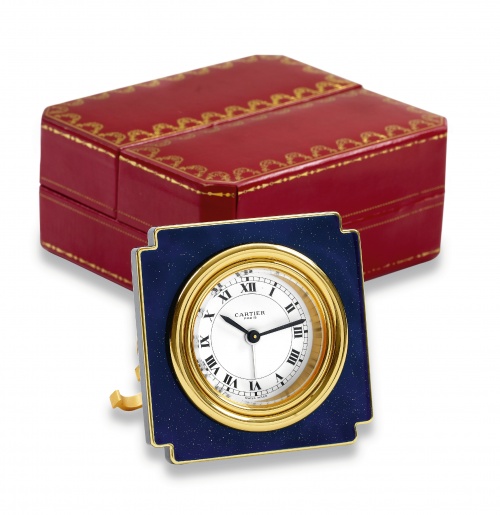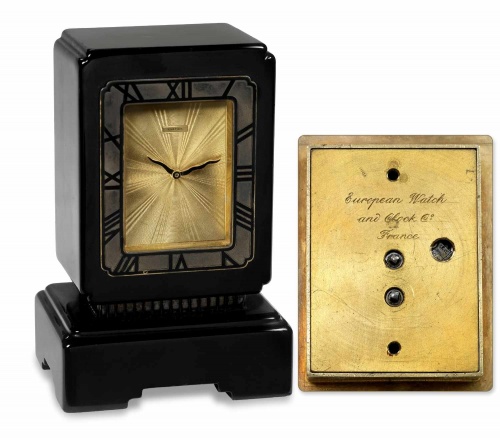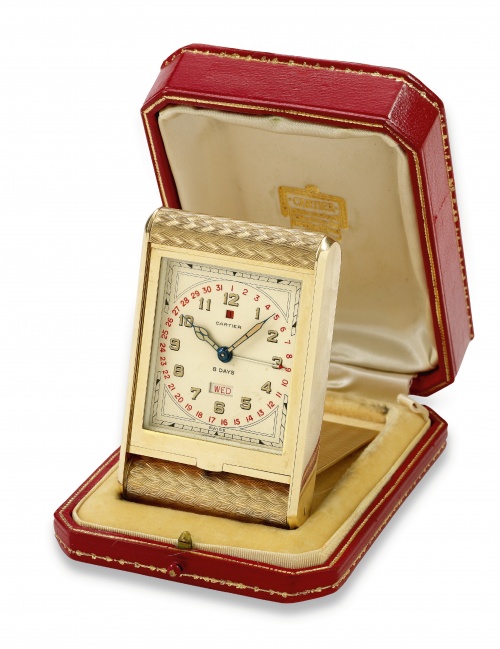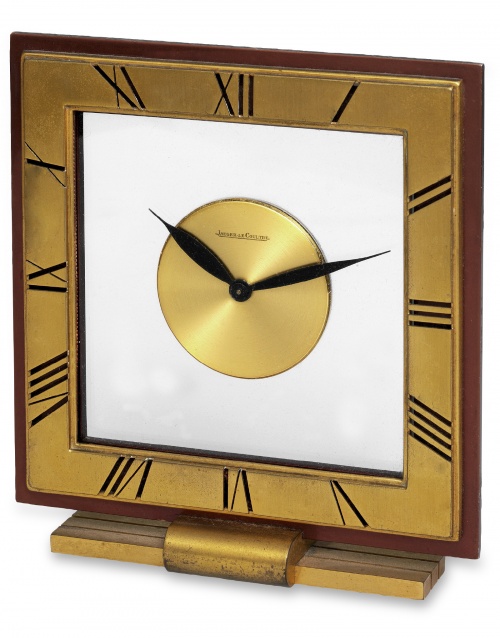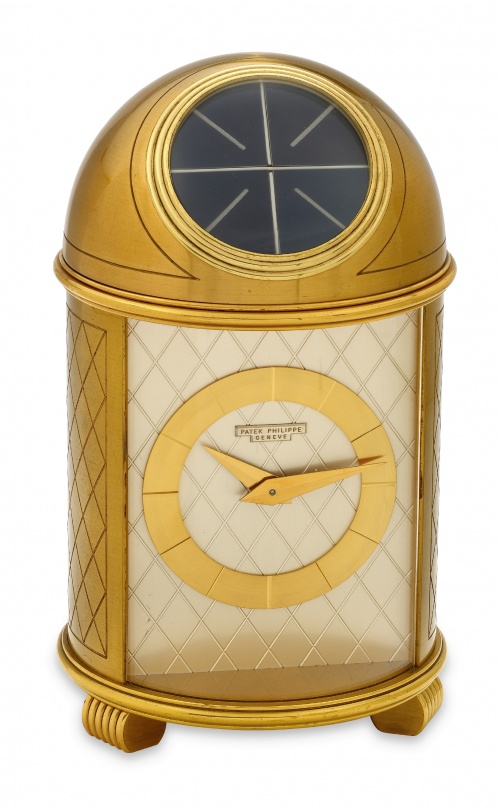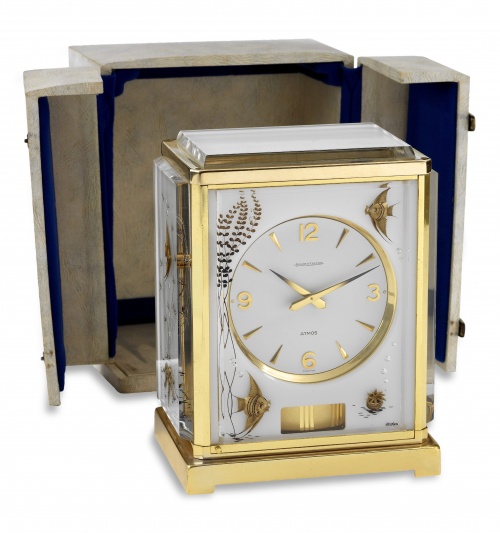Mantel clock (55 photos) (part 1)
Разрешение картинок от 1500x852 до 4740x3973px
The 18th-19th centuries were the golden years of French watchmaking. The construction of many palaces, primarily royal ones, was replaced by the arrangement of interiors. At the same time, their mandatory accessory - fireplaces - was traditionally decorated with clocks and candelabra. Mantel clocks from this era can be found in many museum collections.
The architecture of French watch cases shows an emphasized interior design, unlike, for example, English watches, in which the emphasis was on demonstrating the functionality of the mechanism. French craftsmen placed small round boxes of mechanisms in fairly voluminous, artistically designed cases, often decorated with sculptural compositions. All mechanisms of this time are structurally similar: anchor escapement, pendulum, until the middle of the 19th century. having a thread suspension, a bell or a gong that rang every half hour, etc.
In the last twenty years of the 18th century, mantel clocks were made of white marble with gilded bronze, in which figures and scenes based on classical subjects, as well as decorative elements, were cast. When Napoleon Bonaparte, who came to power, replaced democratic orders with dictatorial ones, changes also occurred in the interiors of the palaces of the former Louis. They began to be decorated with furniture, chandeliers, candelabra and clocks in the solemn and strict Empire style: it was characterized by details of ancient decor and heroic allegories from the times of the Roman Empire. Watches made of gilded and patinated bronze appeared in combination with fragments of stone - red marble, jasper, etc.
In the 70s of the 18th century, rotator watches came into fashion, which had movable ring-shaped dials and one fixed hour hand - often in the form of an arrow of Cupid or a snake's head with a protruding tongue (art critics, out of habit, still call it a “sting”).
In the 18th and very early 19th centuries, the watchmakers—the watchmaker and the bronzesmith—put their signatures on the enamel dial. But other craftsmen also took part in the work on the clocks: foundries embodied the fantasies of sculptors in bronze, minters worked on the nuances of the shape of the finished casting, gilders covered the products with a thin layer of precious metal, observing the artistic rules of chiaroscuro and achieving a matte, muted shine of the surface, and engravers used special chisels. patterns were applied to the surface of the metal. The French bronzesmiths who created the bronze bodies belonged to the artistic elite; they were often foundries, minters, and gilders at the same time. It happened that they also acted as artists. For example, the famous French bronzer Antoine Ravrio, the author of the first chariot clock, embodied in bronze the connection between movement and time, combining their symbols - a wheel and a clock. Various variations of his idea - "Chariot of Love", "Chariot of Cupid", "Chariot of the Sun" and others - still delight visitors to many museums around the world.
The bronze sculpture was made using the technique of casting from a wax model. At an early stage, mercury (fire) gilding was used. The most spectacular, it was also the most harmful, thanks to mercury vapor that evaporates when the casting covered with amalgam (a mixture of gold and mercury) is heated. Later, from the 40s of the 19th century, the galvanic method of applying gilding began to be widely used.
French craftsmen were famous throughout the world for the filigree of their castings, the detail of their embossing, the picturesque gilding and patination (creating the effect of dark, olive bronze by applying oxides to the casting). French decorative bronze items, including watches, were one of the most popular interior items on the world market at the end of the 18th and 19th centuries.
Closer to the middle of the 19th century, only the name of the watchmaker or watch company was put on the dial of the mantel clock, and the mark of the bronze foundry was placed on the reverse side of the case. You can often find watches from the second half of the 19th century with the mark of a watch company on the back plate of the mechanism, the brand of a bronze foundry on the back of the case, and the name of a trading house on the dial.
It would be unfair, while extolling the art of French bronze makers, not to mention the watchmakers of France. Although most of the discoveries in watchmaking were made by the British, the French craftsmen, who were mainly engaged in the search for new or improvement of already known watch movements, also have something to be proud of.
The most famous watchmaker of “all times and peoples,” Abraham-Louis Breguet, lived and worked in Paris. Many other famous watchmakers also worked here: Amant, who in 1741 produced a new type of anchor escapement - a pin escapement, Broco - the inventor of an escapement with an anchor placed on the dial and having ruby pallets. In the XVIII-XIX centuries. The Leroy dynasty of French watchmakers was widely known. Pierre Leroy went down in watch history as one of the inventors of the chronometer movement and the designer of the marine chronometer. Many collectors of antique watches are familiar with the virgul movement (comma movement), in the invention of which the Frenchmen Lepot and Beaumarchais, better known as a writer and author, took part
many plays. So many famous watchmakers have been working on improving the cylinder escapement mechanism, invented by the famous Englishman Tompion, like perhaps no other. Here we can mention the Parisian masters Berthoud, Jodin, Lepot, Thiou.
In France, one of the first European countries to begin industrial watch production. The famous watchmaker Japi became a pioneer of this process: throughout the 19th century, it manufactured watch movements and exported them to many countries around the world, including Russia.
In the 30s of the 19th century, the appearance of new types of watch cases became a unique reaction to complex and elaborate Empire forms. In France at this time, many so-called watches were produced, reproducing the portals of famous Catholic cathedrals, and skeleton watches with “naked” mechanisms. The tradition of producing the latter, fading and reviving again, has survived to this day and is embodied in the design of pocket and wrist watches of many Swiss companies.
By the way, the territorial and linguistic proximity of some regions of France and Switzerland has long been continued in the general directions of watch production in these countries. Moreover, it is known that the impetus for the emergence of Swiss watchmaking was the migration of a group of Huguenot watchmakers from France at the end of the 17th century.
In Russia, the 40s of the 19th century, after imitating the models of French bronze mantel clocks, there was a process of searching for new original forms associated with the peculiarities of the development of national culture. Watches appeared in the so-called “Russian style”.
In the middle of the 19th century, the search for new stylistic solutions in European decorative and applied arts also affected watch cases. This led to the reproduction, often eclectic, of elements of different styles - Baroque, Rococo - in one case form. Watches were produced with picturesque porcelain inserts and glass fragments, which sometimes looked far from artistic. Since the 70s of the 19th century, watches with black marble cases have become very popular. Sometimes even cheaper wooden cases were varnished “black marble”. At the end of the 19th century, rotunda clocks (we were talking about the rotator above) and portal clocks (especially based on ancient Greek motifs) again became fashionable.
Many watches appear on the Russian market in cases made of red, colored, black marble with movements from famous Swiss companies Pavel Bure, Karl Moser, Victor Gabu and others.
